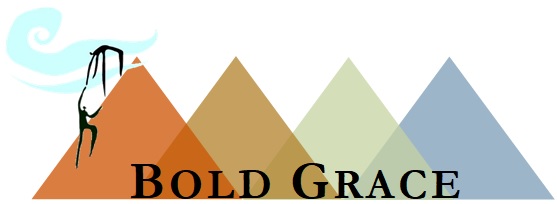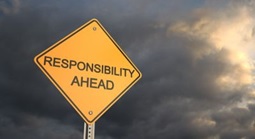In every encounter we either give life or we drain it; there is no neutral exchange. ~Brennan Manning
When I began the year, 2020, with the desire to explore bold grace as a leadership approach, I never imagined what would unfold in the following months. The year now known most commonly as “unprecedented.”
One of the debates over the past year, and there were many, was the dispute over what matters most – a person’s character, or the position the person supports. In other words, could someone be of poor character but be highly regarded because of the position they support. Could someone hold a position that might be considered morally questionable and still be deemed as a person of character.
I have drawn my own conclusion; it’s not an either/or choice. I believe that we can’t separate what we do or support from who we are or our being.
Defining Bold Grace Leadership
As 2020 draws to a close, I began reading Moral Leadership for a Divided Age by David P. Gushee and Colin Holtz. The authors quote two women who wrote Black Womanist Leadership. I believe their definition of leadership gets at the core of bold grace.
“Toni C. King and S. Alease Ferguson, in Black Womanist Leadership, define leadership as ‘the desire, ability, and efforts to influence the world around us [bold], based upon an ethic of care for self and other [grace] and fueled by a vision that one sustains over time [bold grace].’” As authors Gushee and Holtz, said “King and Ferguson rightly call attention to character and action…”
It is my goal not to simply glide into 2021 without pausing to both reflect on 2020 and then refocus as I move into 2021. If I want to stay true to the idea of bold grace, then I need to refocus on not only what I want to do in 2021, but also who do I want to be. What action do I want to take and what character do I want to reflect. Because one will surely influence the other.
We Give Life, or We Drain It
Our encounters throughout life are intertwined with both what we do and who we are. As Brennan Manning said, “in every encounter we either give life or we drain it.” Giving of life or draining it is a result of both our character and our actions.
I’m guessing that we can all most likely agree that 2020 was filled with circumstances that felt draining. Unlike 2020, we know what’s before us in 2021, at least more so than we did 12 months ago. With that knowledge how can we be life giving? What can we do and who do we need to be to allow our encounters to be filled with character and action that gives life.
Begin 2021 with bold grace in both action and character.



